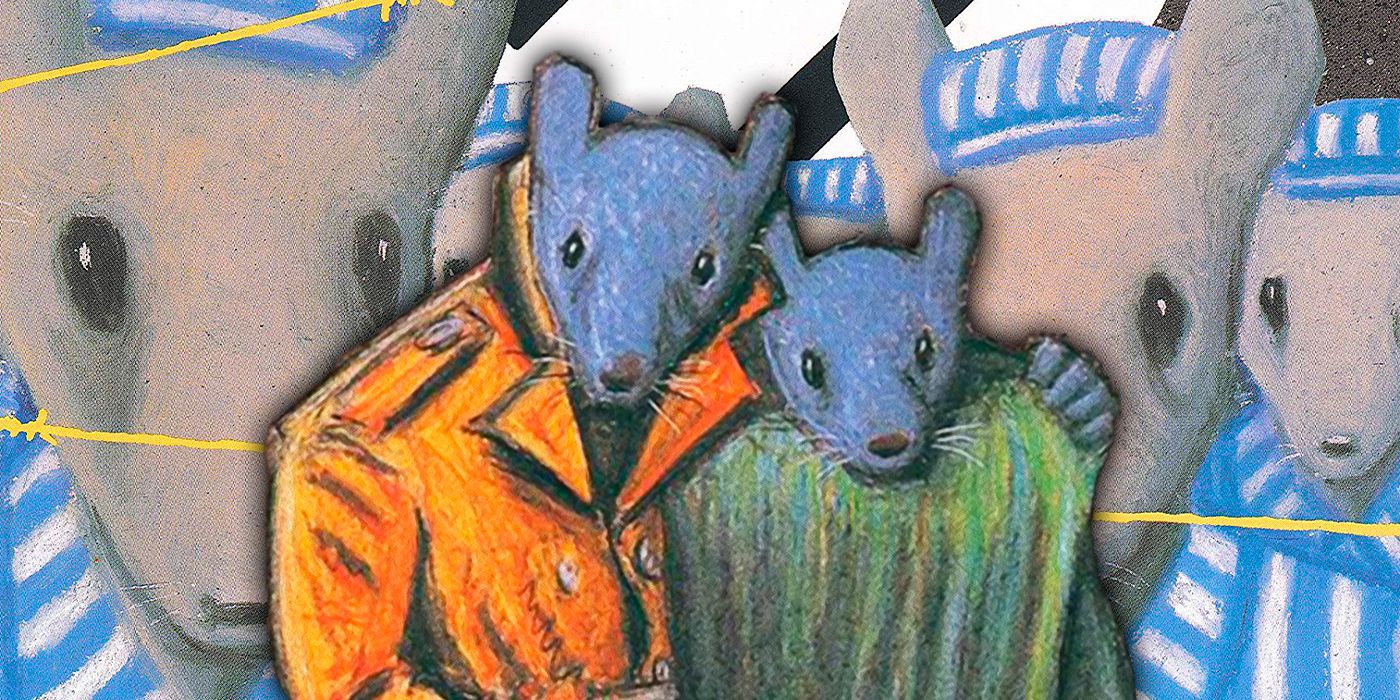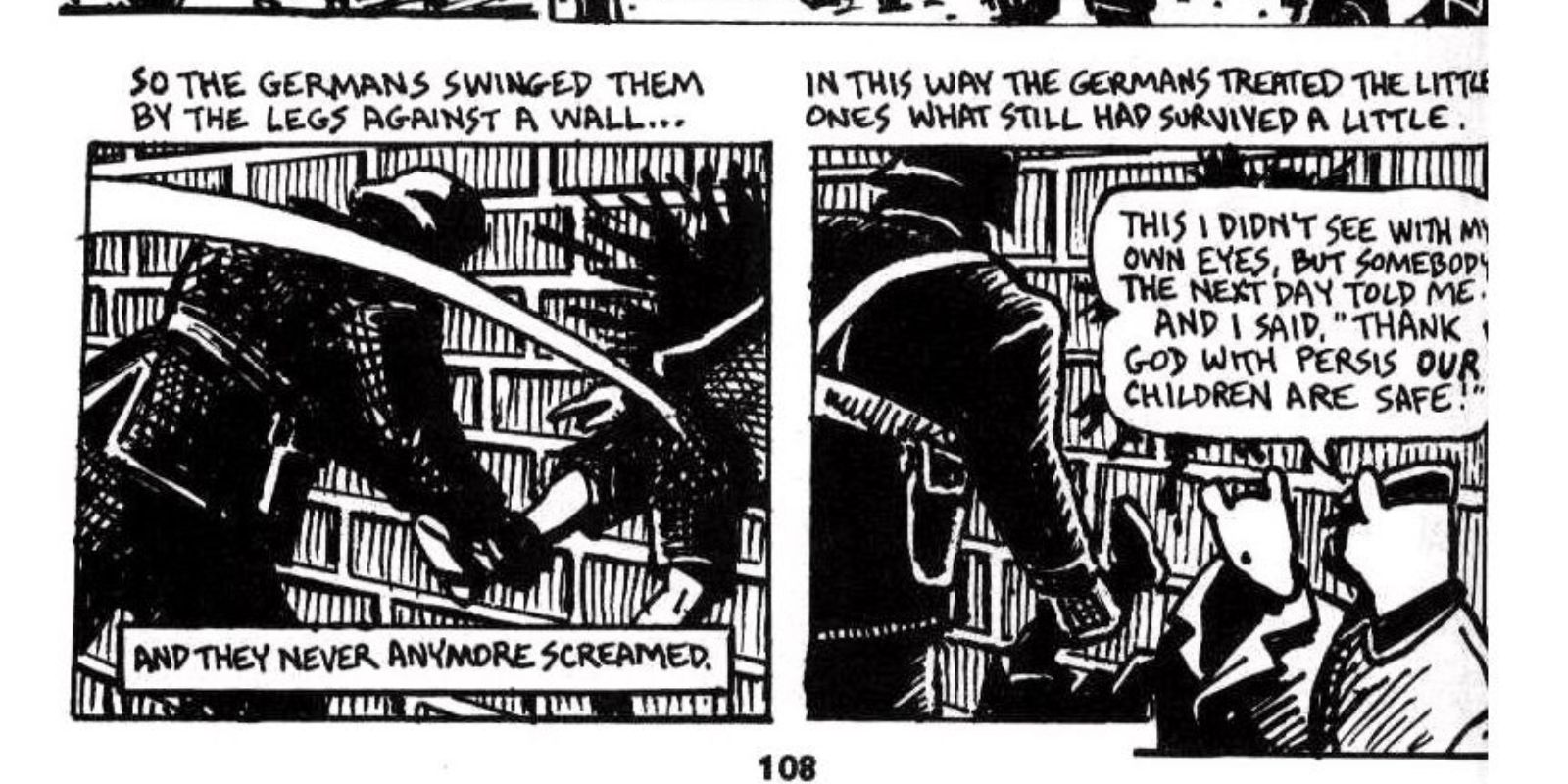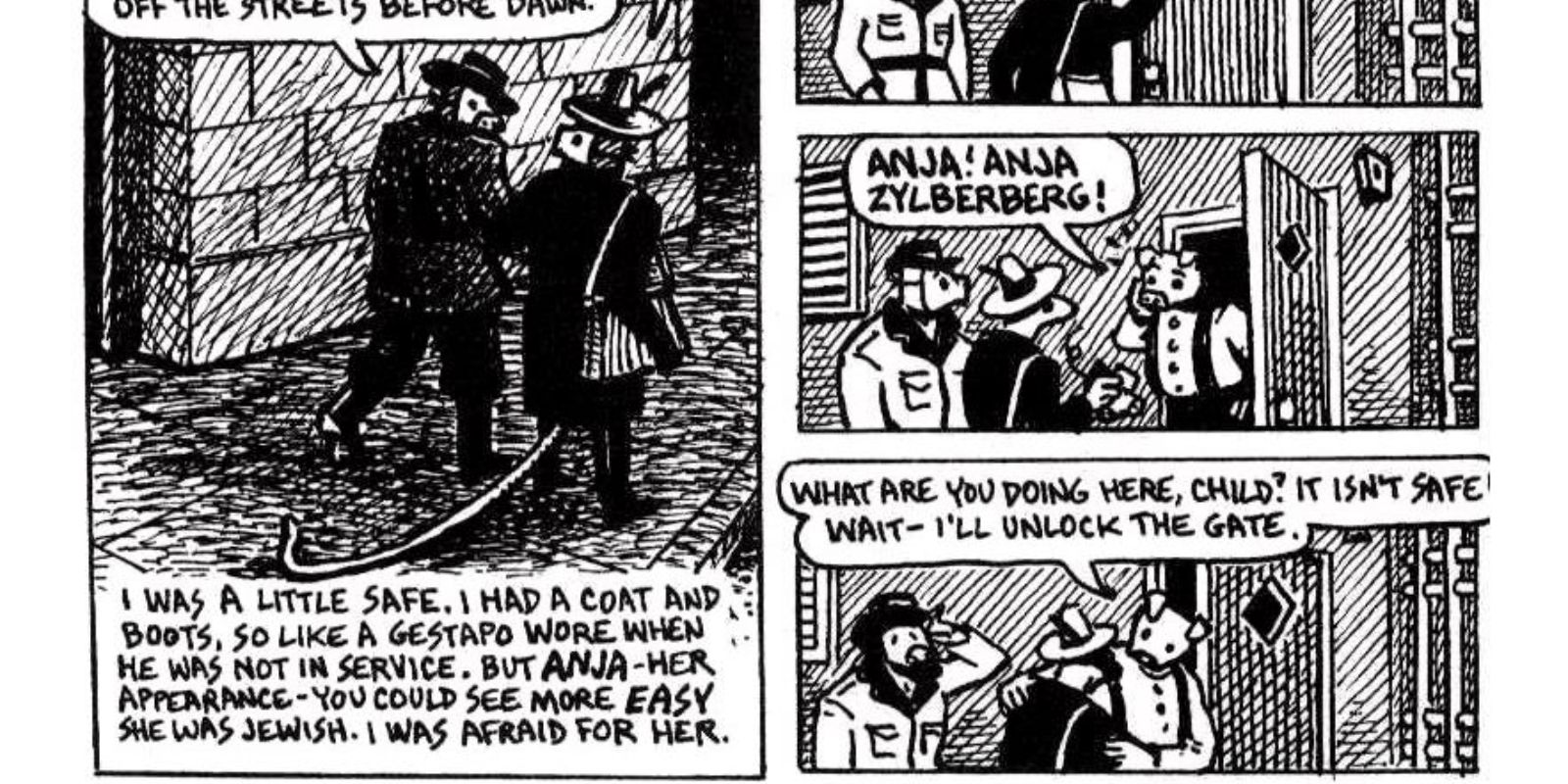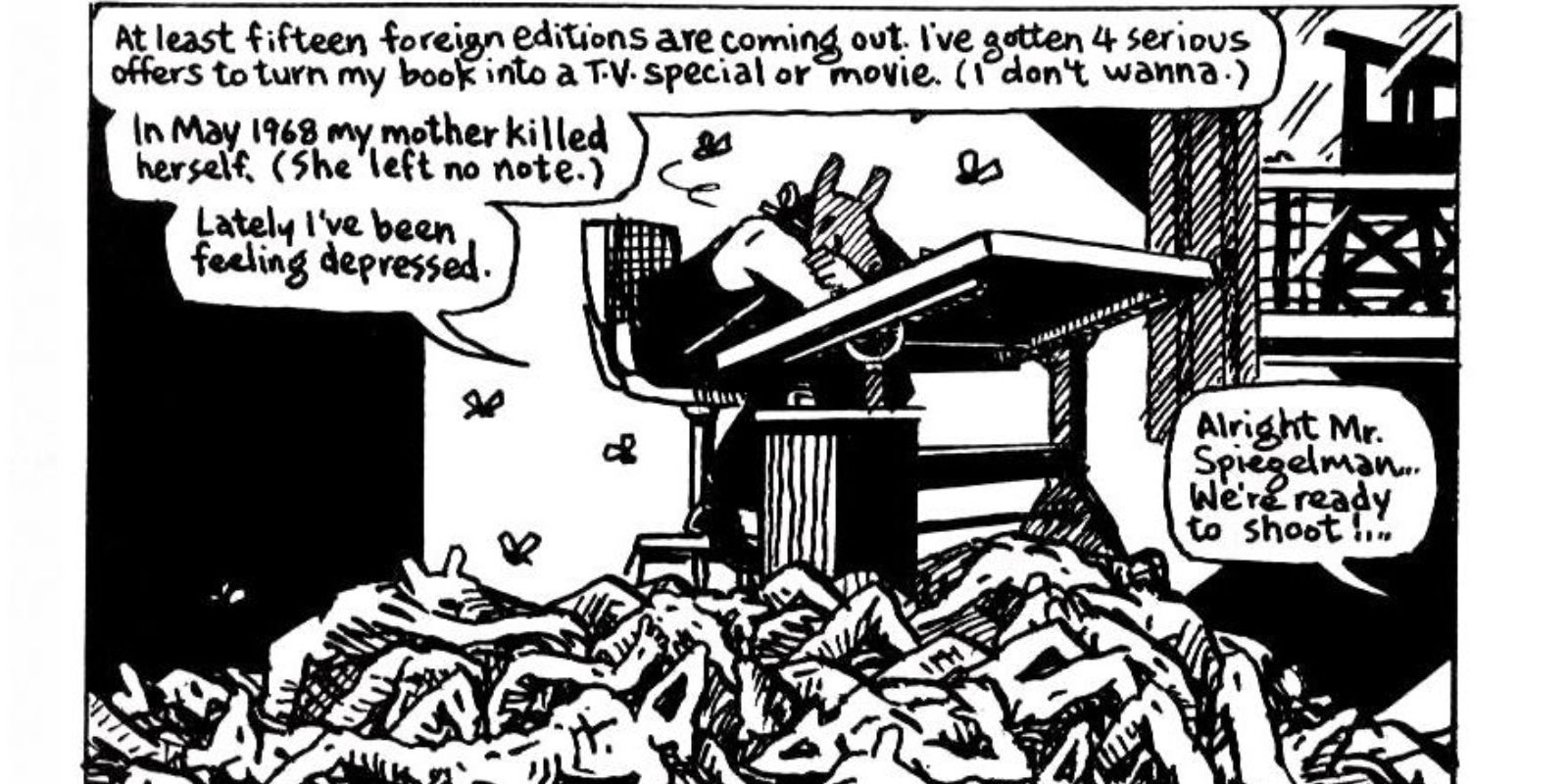Maus: A Survivor’s Tale by Art Spiegelman is a graphic novel chronicling the experiences of Spiegelman’s father, Vladek Spiegelman, during The Holocaust. Originally a serialized comic that was written from 1980 to 1991, Maus was subsequently compiled and released in two separate books. Spiegelman’s father and mother, Vladek and Anja Spiegelman, both Polish Jews, suffered through the entirety of The Holocaust. Maus is framed around the interviews Art conducted with his father in 1978 about his experiences during The Holocaust, serving as a potent blend of memoir, biography, and metafiction.
As a printed work Maus works best as a graphic novel rather than traditional narrative prose. The reasons for this are numerous and lend themselves to the freedom that visual presentation allows within the graphic novel medium. Maus is unique when compared to similar works such as Night by Elie Wiesel, and The Diary of Anne Frank by Anne Frank in that, while also based on true events, it presents its content in a wholly different manner and style.
The Impact Of The Visuals
The act of simply reading about genocide is disturbing enough. That said, seeing it performed, brutally and uncensored, is an entirely different sensory experience. The anthropomorphic characters within Maus may give initial impressions of a diluted children’s tale, an easy-to-swallow pill for younger readers to learn about The Holocaust. But then images like that of a child having its head smashed open against a brick wall in a spatter of blood and gore are presented. It is not a shock for shock's sake; it is history. There is no softening of the act performed by the reader to help them stomach the content of the graphic novel. Violence is displayed fully as it needs to be for the subject matter at hand.
The Subtleties of Visual Metaphor
The concept of “passing” is something many people live with day to day. It may be something as innocuous as adopting various persona’s when in certain social circles. It may also be something as important as passing as male or female, white or non-white, or – as is the case in Maus – Jewish or non-Jewish. As Vladek and Anja find themselves bound tighter and tighter within the fascist society of Nazi-occupied Poland, both go to great lengths to pass as non-Jewish. This is shown expertly in the graphic novel with a picture of Vladek and Anja hiding their appearances with pig masks and trench coats. Vladek is disguised well, his physical appearance of a mouse hidden from view; however, Anja’s tail is fully visible, the metaphor being that Vladek could pass as non-Jewish but Anja could not.
Its Application Of Postmodernist Themes
There is a brief segment in which Art Spiegelman breaks from the focal narrative of Maus and addresses the reader in regards to the success of Maus as a graphic novel. The accompanying picture shows Art sitting atop a pile of rotting corpses, flies filling the air around his head. As a piece of postmodernist literature, Maus showcases definitive elements of the movement such as being metafiction (as a story about a man compiling information to write a story), self-reflexivity (as performed by the respective segment), and intertextuality (as Maus is a text-based upon other text gained via Art's interview with his father.) Maus also bears the hallmarks of postmodernist challenges to authority that were emerging as themes of the late 1960s. In particular, it thematizes politics, history, and how they intertwine.
The decision to ban Maus in a Tennessee school district is riddled with bad intentions. The McMinn County school board stated its decision was based not on its setting of The Holocaust, but due to Maus's inclusion of profanity, nudity, and topics such as virginity and self-harm. It is absurd to believe that swear words and the human body are more shocking than graphic depictions of genocide. The reality is that art is not safe. The comics industry has a long and fearless history in teaching children how terrible the world can be, but most importantly, what they can do about it.
To prevent children from learning about history is immoral and unjust. It is a direct slap in the face to men, women, and children that lived through it and died in it. “This is inappropriate for children” is a weak statement considering that the children of the Holocaust didn’t get a choice when it happened to them. The Diary of Anne Frank is a testament to that.




